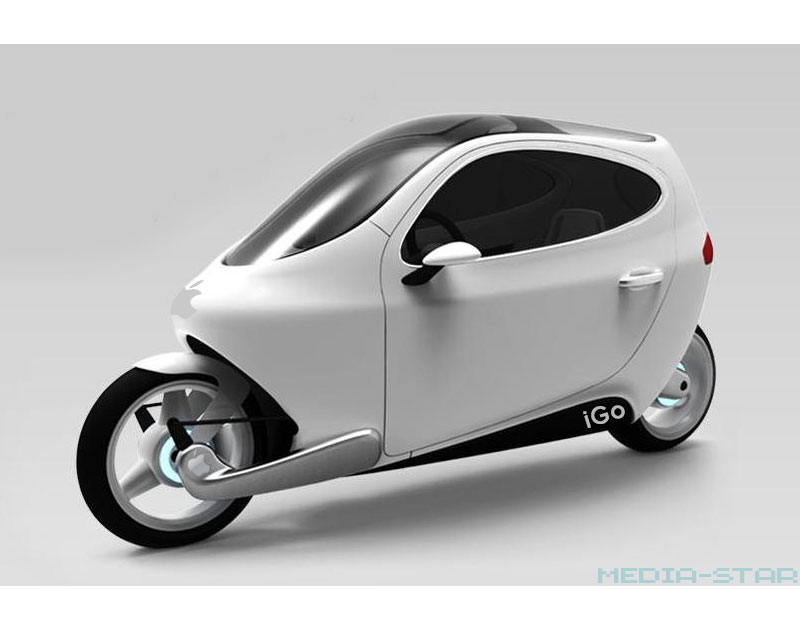There has been much made about Apple entering the autonomous car business, since they ear-marked billions from their treasure trove to explore the concept. Since then, we’ve heard reports of Apple abandoning the project, restarting the project, abandoning the project and so on. Rumors have it that Apple has spent close to $4 billion on the endeavor to date.

While self-driving cars is a hot topic these days with every big tech company, car manufacturer, and even taxi services looking to enter the space. The reality is that self-driving cars appear to be much more of a long-play in terms of actual wide-scale deployment, than many of these concerns have forecasted. Considering self-driving cars have already killed pedestrians, the liability issue is the 800 lbs. Pink Gorilla in the room, not to mention these cars simply don’t drive all that well, especially in inclement weather.
I’m sure Apple could design the heck out of a self-driving car in terms of aesthetics, but considering how downright pathetic car software is these days, it’s shocking that Toyota or GM hasn’t partnered with the Cupertino, California company to revamp their internal systems. German car companies are even more interface-challenged than Ford or Chrysler, and Honda’s onboard computer interface is dreadful. Why haven’t the major car companies handed over the graphical user interface to Apple? Maybe they’re looking at IBM’s same mistake in handing over the software to Microsoft in the 1980’s. Whatever the case, aside from the extremely handicapped CarPlay, Apple hasn’t gotten any real traction in this arena.
In 2015, Apple raided electric motorcycle start-up, Mission Motors, for their key engineering talent, causing the small concern to eventually fold. Next up was Lit Motors (www.litmotors.com) who caused a bit of a sensation with their gyro-stabilized motorcycle that was one part Segway, one part motorcycle and one part Volkswagen Beetle. Lit owned several patents for their technology, but was sideswiped by Chinese ripoffs and ongoing financial problems. Although perfectly suited for Apple branding and much needed cash, the company eventually went dormant after CEO, Danny Kim sustained two broken legs in a motorcycle crash at the Laguna Seca racetrack (riding a Ducati, not his own creation).
The phenomenon of the Leav’em Anywhere Scooter companies that popped up like mushrooms after a summer downpour should have been the next eye-opener for Apple. Lime, Skip, Bird, Spin, and by the time you finish reading this sentence six more will be announced, have littered several metropolitan cities with electric scooters that you can rent for a short spell and then leave them hanging from a light post when you’re done. The proliferation has been somewhat of an annoyance for many cities that decided to entertain the ventures, but it does showcase the public’s appetite for cheap urban electric mobility.
 Madeline Eskind called this scene in her @madeline Twitter feed “The remake of Alfred Hitchcock’s The Birds“
Madeline Eskind called this scene in her @madeline Twitter feed “The remake of Alfred Hitchcock’s The Birds“
Seems like an easy entry into the field of autonomous vehicles with a low barrier to entry, the ability to showcase what vehicle software should be and a small footprint. Bubbly, white Apple iGo’s that can’t tip over and can drive you to your destination would be something that every urban hipster would crave (not to mention a few well-heel suburban Mom’s) and give Apple a tremendous early-adopter advantage into a market dominated currently by uninspiring electric motorcycles and expensive electric cars.
